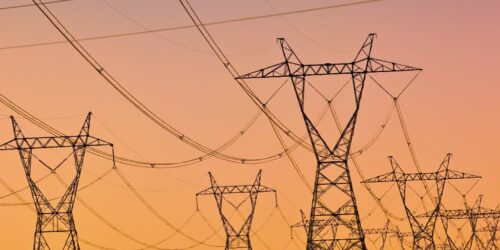Documents seen by Dawn suggest that a combination of ambitious policy actions will rein in circular debt growth to the extent of over Rs2tr in two years. The average tariff is projected to be Rs20.25 per unit by FY2023 from a little over Rs15.4 per unit at present.
The plan envisages that there will be no additional coal-based power plant in the near future and all of the already commissioned and under construction imported coal-based IPPs of about 5500mw and Jamshoro-1 will be converted to Thar coal from the existing blocks 1 and 2. The tariff savings are thus anticipated through economies of scale to reduce delivered coal price to $30 per tonne from $50-60 at present. It is, however, not yet clear if scaling up coal production at Thar to this level is viable in these two years.
The plan also commits renegotiating the existing coal pricing formula with the Sindh government by removing dollar indexation on its return on equity. It says that a separate CPEC project as part of Pakistan Railway business revival plan has already been taken in hand and feasibility study completed to supply coal through railways.
The plan says the general sales tax billed by the IPPs was around Rs117bn but the GST billed to consumers stood at about Rs202bn which means “excess GST” is going to the Federal Board of Revenue to the extent of Rs85bn. Removal of this discrepancy would have 85 paisa per unit impact on consumer tariff. Likewise, another Rs22bn saving is being envisaged to have 22 paisa per unit impact on consumers. The plan says that IPPs fuel charged with taxes (customs duty, GIDC, excise duty, import duty etc) stood at Rs383bn which comes down to Rs361bn without taxes.
Also, the plan seeks to buy out 11 IPPs of 3300mw capacity at discounted value of about Rs150-200bn to be financed through Sukuks and Pakistan Investment Bonds, otherwise they are entitled to about Rs450bn in aggregate capacity charges over the remaining seven years of their contracts. These plants have a five per cent annual dispatch factor because of very expensive (about Rs13 per unit) fuel cost but involve Rs60bn annual capacity charge in the form of ‘take or pay’. This allows six paisa per unit tariff impact.
Alongside, the capacity so taken out from the system will be replaced with new wind and solar IPPs to be auctioned under the hybrid – wind plus solar in the same location – model to improve the dispatch factor to 45-50pc from existing 20-30 plant factor for solar and wind plants. The basic principle here will be “zero megawatt added for a megawatt displaced” i.e. net zero addition while dealing with surplus capacity.
This will start with block auctions for more than 100 sponsors already holding category-III letters of interest for 6000mw but disallowed at present to go ahead. This will also include hydropower and bagasse plants to achieve the 60pc of clean energy target by 2030.
The plan is based on assumption that a revised commercial agreement with a power purchase agreement will be signed with K-Electric by June 2021, power consumption will grow by 4.5pc per annum, gas moratorium will stay on captive plants and industrial support package involving discounts on incremental consumption will continue until October 2023. The debt stock is estimated to be reduced by over Rs700bn in few months through clearance of Rs403bn payments to the IPPs as already agreed but blocked and another Rs200bn payments to CPEC projects.
Also in the pipeline is the seasonal power pricing – cheaper domestic rates in winter to incentivise “gas to electricity” shift for space heating. This is also premised on the commitment with the lenders as part of the IMF programme to have full budgeting and timely disbursements of complete subsidy requirements and transfer of debt stock parked in Power Holding Limited to public debt as per IMF benchmarks.
But the biggest commitment has to come from the federal government – timely annual tariff rebasing and quarterly adjustments, AJK subsidy payments in June and allocation of recovery gap of PHL and IPPs market payment surcharges in the coming budget. The government also commits to ensure recovery of bills from average 92pc in FY2020-21 to about 94.9pc in FY2021-22 and to 96pc by FY2022-23. Simultaneously, losses will come down from 17pc in FY21 to 16.32pc in FY22 and 15.7pc by FY23 against the regulator’s benchmark of 13.46pc
In the meantime, the government will complete formation of independent boards and appointment of chief executives of Discos latest by end of next month (May) and given key performance indicators for management contracts. “High loss feeders” will be outsourced, Discos will be given targets for capital expenditure, loadshedding will be completely revenue-based. The Privatisation Commission will simultaneously give 10-year concession contracts for five heavy loss incurring companies and five-year management contracts for five better Discos. The taste of pudding is in eating.






